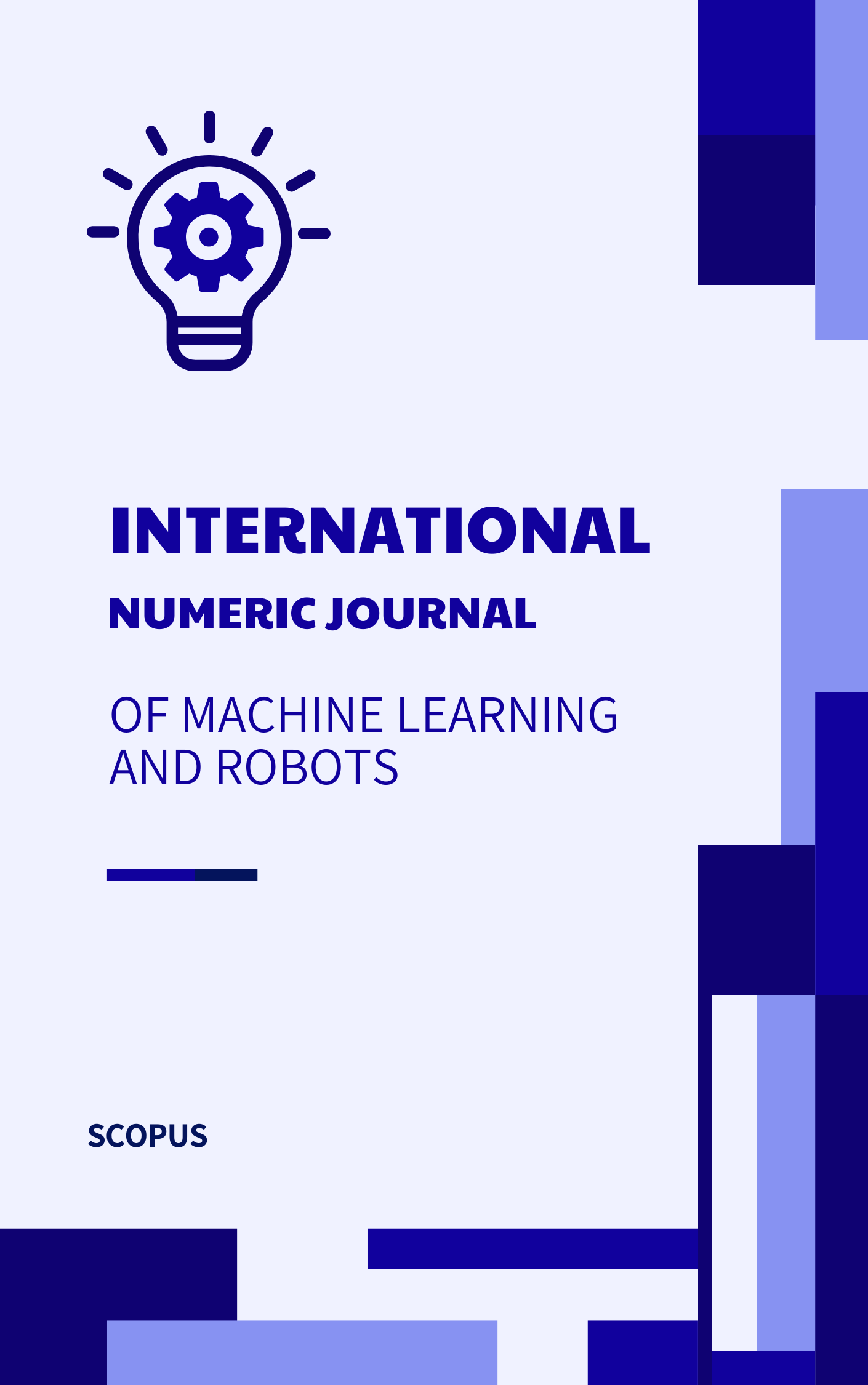Swarms of Autonomous Robots: Coordination and Optimization Strategies
Abstract
Swarms of autonomous robots have gained significant attention in recent years due to their potential to perform complex tasks through decentralized coordination. This abstract explores the coordination and optimization strategies employed in such systems. We delve into the fundamental principles that enable multiple robots to work together efficiently and adapt to dynamic environments. Key topics include communication mechanisms, task allocation, and path planning techniques. We also discuss the challenges associated with swarm robotics, including scalability and robustness. This abstract provides valuable insights into the evolving field of swarm robotics, shedding light on strategies that enable autonomous robots to collaborate effectively.
References
Bonabeau, E., Dorigo, M., & Theraulaz, G. (1999). Swarm Intelligence: From Natural to Artificial Systems. Oxford University Press.
Gerkey, B. P., & Matarić, M. J. (2004). A formal analysis and taxonomy of task allocation in multi-robot systems. The International Journal of Robotics Research, 23(9), 939-954.
O'Kane, J. M. (2016). A brief history of multirobot systems. IEEE Transactions on Robotics, 32(6), 1293-1310.
Correll, N., & Martinoli, A. (2016). Robot swarms. Scholarpedia, 11(5), 8093.
Brambilla, M., Ferrante, E., Birattari, M., & Dorigo, M. (2013). Swarm robotics: A review from the swarm engineering perspective. Swarm Intelligence, 7(1), 1-41.





